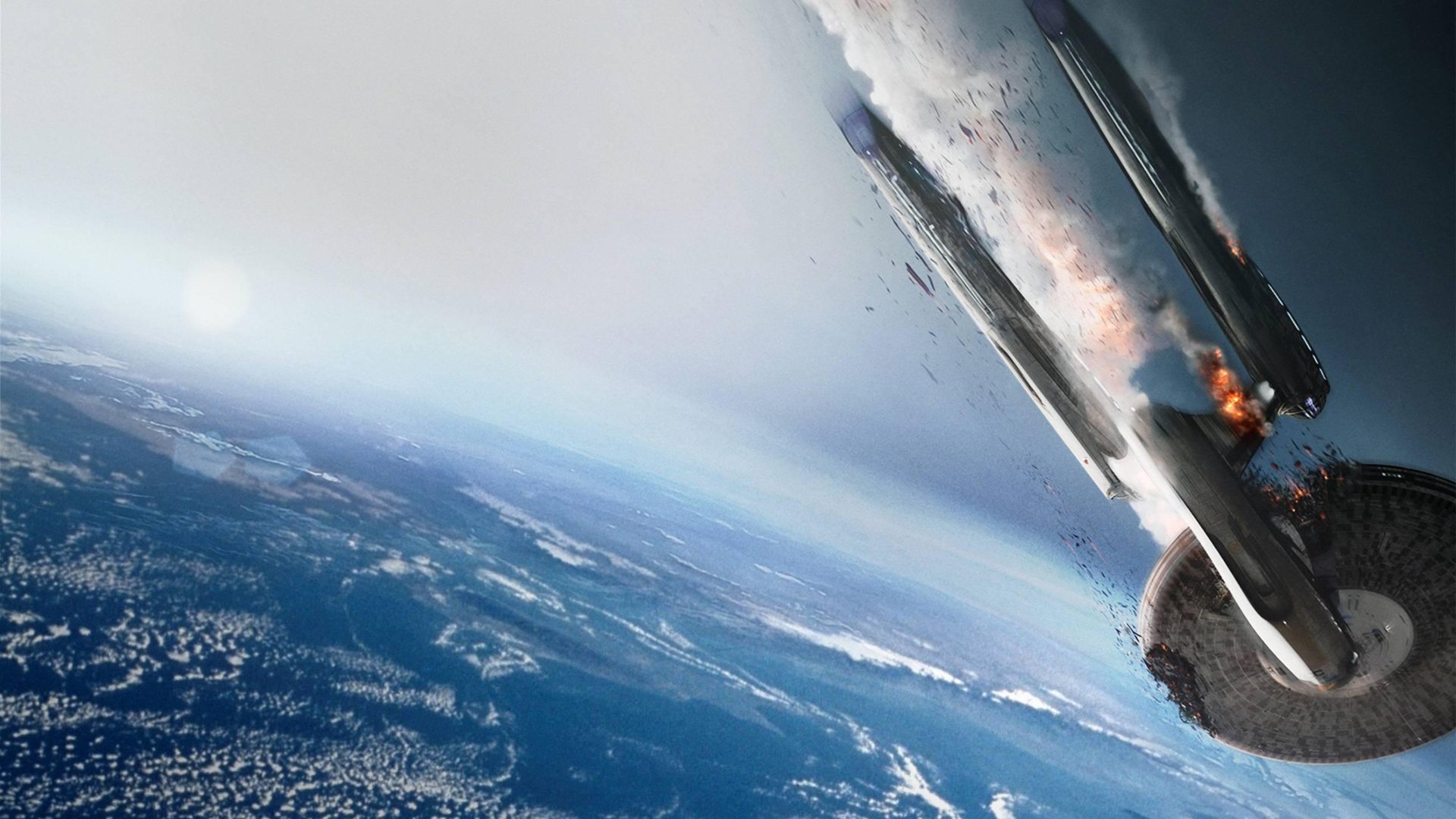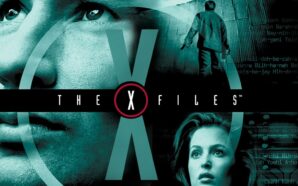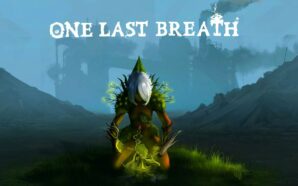With Star Trek Beyond coming out in just a few short weeks I feel it’s time to look back over Star Trek Into Darkness, a film that divides opinion in the Star Trek community like no other. Some enjoy the film for what it is, taking in the action and spectacle of the JJ Abrams directed movie while others claim it to be a pastiche of Wrath of Khan and that it replaces Star Trek V: The Final Frontier as the worst Star Trek movie ever made. I fall quite firmly in the middle of the debate; I enjoy some elements but have problems with others and so what better way to deconstruct the movie than look at the good stuff in one article and the bad in the other. This week let’s look at the positives.
My first positive point about the movie is a small one but I see it as something that encapsulates the whole spirit and idea of this rebooted Star Trek: the new look Klingons. The ‘Kelvin timeline’ of Star Trek, in which the new movies take place, is fairly transparent in the fact that they are giving us characters, species, a time period and in some ways events that we are familiar with and yet are offering them in a different way. The new Klingon look shows this because while for continuity’s sake they shouldn’t look any different in this timeline they do look a little different with this fresh take that still feels very Klingon and like ‘old’ Trek, something the entire rebooted series has been trying to do with mixed results.
Another positive point is the entire James Bond style opening sequence which sets up certain narrative points for the later core plot of the film but feels like a large budgeted episode of a Star Trek show. While the latter portions of the film are much more action oriented the opening has that classic sense of adventure and actually concerns itself with pillars of Star Trek lore with the Prime Directive in a way that makes sense and works for the scenario. It’s during this opening sequence in which the characters feel most like their original counterparts with them working well as a team with natural chemistry as well as highlighting the changes from the original such as the Spock/Uhura relationship.
It always seems like a backhanded compliment when you come out of a movie and say “well, visually it looked good” or “it had pretty good music” but in this case it just has to be said because the film does look fantastic and the score is phenomenal. The Enterprise has never looked better and without the excessive lens flare this time around we can see how good the sets for the Enterprise look as well as the awesome CGI vistas and battles, of which we get plenty. No matter how the films turn out I’ll always go the cinema to see them even if it’s purely to have Michael Giacchino’s amazing score blasted at me while seeing the Enterprise onscreen, every one of those moments beats that ten minute unveiling of the Enterprise from Star Trek: The Motion Picture. At a pure cinematic level I’ll happily sit through the entirety of Into Darkness just for that moment when the Vengeance forces the Enterprise out of warp. That’s not to say Into Darkness doesn’t succeed in its quieter more intimate moments however with one of the most memorable sequences occurring near the beginning of the film featuring Noel Clarke as he visits his daughter in hospital only for Khan to offer to save her life if he gives his own. Accompanied by a subtle piano score and limited dialogue it’s something new for Star Trek and is a great piece of cinema unexpectedly tucked away in a bombastic action spectacular.
Star Trek is known for tackling big issues and some say this has been lost in the recent films but I disagree. Into Darkness is all about Starfleet and its future; whether it should become overly militaristic and fight wars, there’s a cool Deep Space Nine reference with the name drop of Section 31, or whether it should stay a peace-keeping and exploration based institution. The outcome of the film then is actually quite optimistic despite the dark and sombre edge the movie has. At face value you would expect this film to be about Khan but in fact he’s pretty irrelevant to the plot and the film is better for it. This allows the fight for the future of Starfleet to take centre stage and for Admiral Marcus to be the true villain of the piece.
Speaking of Khan I think using him here is a positive thing moving forward because the filmmakers now have Wrath of Khan out of their systems. Since the 2009 reboot it’s clear that they were inspired by WOK and included a couple of unnecessary references to the film within such as the Ceti truth serum bug making an appearance. Now that they have remade large portions of Wrath of Khan for Into Darkness hopefully this means that moving forward to Star Trek Beyond (and beyond) we will see much more original content.
What are your favourite things about Star Trek Into Darkness? Let me know in the comments and geek out with me about Star Trek on Twitter @kylebrrtt. Come back next week for the bad things about Star Trek Into Darkness.








